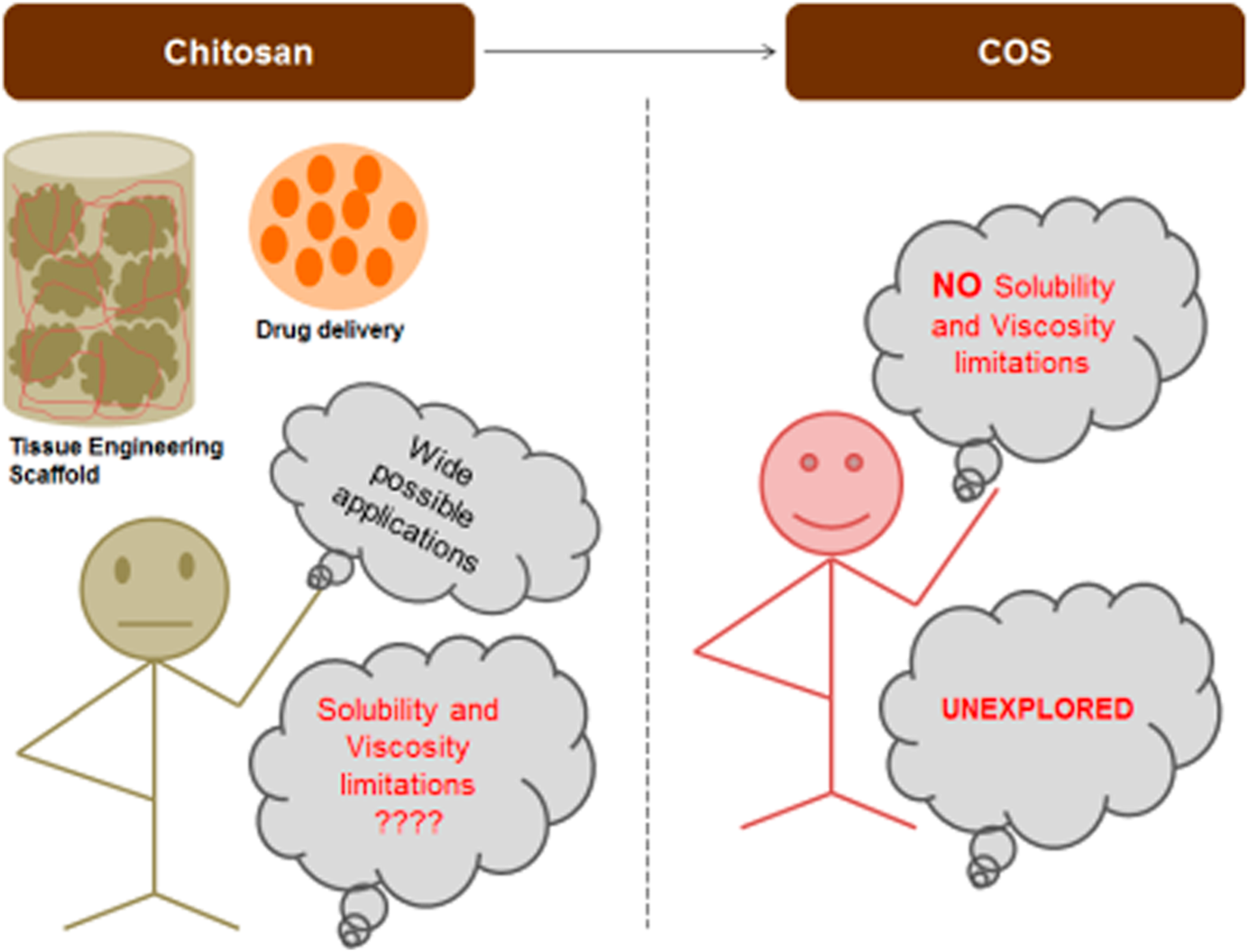Crossref Citations
This article has been cited by the following publications. This list is generated based on data provided by
Crossref.
Yang, Shuangya
Yin, Yan
Xu, Yajuan
Zhang, Tanglin
Li, Youbin
Fei, Jun
and
Huang, Xiao
2021.
Covalent-driven Layer-by-layer Self-assembly of Clindamycin-loaded PPLA Nanoparticles/chitosan Membrane on Titanium Sheet for Longacting Anti-infection.
Current Nanoscience,
Vol. 17,
Issue. 5,
p.
789.
El-Sayed, W.N.
Alkabli, J.
Aloqbi, Akram
and
Elshaarawy, Reda F.M.
2021.
Optimization enzymatic degradation of chitosan into amphiphilic chitooligosaccharides for application in mitigating liver steatosis and cholesterol regulation.
European Polymer Journal,
Vol. 153,
Issue. ,
p.
110507.
Bockuviene, Alma
Zalneravicius, Rokas
and
Sereikaite, Jolanta
2021.
Preparation, characterization and stability investigation of lycopene-chitooligosaccharides complexes.
Food Bioscience,
Vol. 40,
Issue. ,
p.
100854.
Pérez-Pedroza, Rosario
Ávila-Ramírez, Alan
Khan, Zainab
Moretti, Manola
Hauser, Charlotte A. E.
and
De Santiago, Grissel T.
2021.
Supramolecular Biopolymers for Tissue Engineering.
Advances in Polymer Technology,
Vol. 2021,
Issue. ,
p.
1.
Pathak, Kamla
Misra, Shashi Kiran
Sehgal, Aayush
Singh, Sukhbir
Bungau, Simona
Najda, Agnieszka
Gruszecki, Robert
and
Behl, Tapan
2021.
Biomedical Applications of Quaternized Chitosan.
Polymers,
Vol. 13,
Issue. 15,
p.
2514.
Finšgar, Matjaž
Kovač, Janez
and
Maver, Uroš
2021.
The development and characterization of bioactive coatings for local drug delivery in orthopedic applications.
Progress in Organic Coatings,
Vol. 158,
Issue. ,
p.
106350.
Huang, Xiuhong
Jiao, Yanpeng
and
Zhou, Changren
2021.
Impacts of chitosan oligosaccharide (COS) on angiogenic activities.
Microvascular Research,
Vol. 134,
Issue. ,
p.
104114.
Mavrogeni, Maria Eleni
Asadpoor, Mostafa
Henricks, Paul A. J.
Keshavarzian, Ali
Folkerts, Gert
and
Braber, Saskia
2022.
Direct Action of Non-Digestible Oligosaccharides against a Leaky Gut.
Nutrients,
Vol. 14,
Issue. 21,
p.
4699.
Xia, Wei
Wei, Xiao-Yi
Xie, Yuan-Yuan
and
Zhou, Tao
2022.
A novel chitosan oligosaccharide derivative: Synthesis, antioxidant and antibacterial properties.
Carbohydrate Polymers,
Vol. 291,
Issue. ,
p.
119608.
Wiggers, Helton José
Chevallier, Pascale
Copes, Francesco
Simch, Fernanda Heloisa
da Silva Veloso, Felipe
Genevro, Giovana Maria
and
Mantovani, Diego
2022.
Quercetin-Crosslinked Chitosan Films for Controlled Release of Antimicrobial Drugs.
Frontiers in Bioengineering and Biotechnology,
Vol. 10,
Issue. ,
Kumar, Ashwini
Sahu, Ram Kumar
Chameettachal, Shibu
Pati, Falguni
and
Kumar, Awanish
2022.
Fabrication and analysis of chitosan oligosaccharide based mucoadhesive patch for oromucosal drug delivery.
Drug Development and Industrial Pharmacy,
Vol. 48,
Issue. 11,
p.
602.
Wei, X.‐Y.
Xia, W.
and
Zhou, T.
2022.
Antibacterial activity and action mechanism of a novel chitosan oligosaccharide derivative against dominant spoilage bacteria isolated from shrimp
Penaeus vannamei
.
Letters in Applied Microbiology,
Vol. 74,
Issue. 2,
p.
268.
Lemke, Philipp
Jünemann, Lena
and
Moerschbacher, Bruno M.
2022.
Synergistic Antimicrobial Activities of Chitosan Mixtures and Chitosan–Copper Combinations.
International Journal of Molecular Sciences,
Vol. 23,
Issue. 6,
p.
3345.
Zhao, Nuoya
and
Yuan, Weizhong
2022.
Highly adhesive and dual-crosslinking hydrogel via one-pot self-initiated polymerization for efficient antibacterial, antifouling and full-thickness wound healing.
Composites Part B: Engineering,
Vol. 230,
Issue. ,
p.
109525.
Murugan, Sesha Subramanian
Kim, Se-Kwon
Dalavi, Pandurang Appana
Venkatesan, Jayachandran
and
Seong, Gi Hun
2022.
Chitooligosaccharides.
p.
173.
Weyer, Rita
Hellmann, Margareta J.
Hamer-Timmermann, Stefanie N.
Singh, Ratna
and
Moerschbacher, Bruno M.
2022.
Customized chitooligosaccharide production—controlling their length via engineering of rhizobial chitin synthases and the choice of expression system.
Frontiers in Bioengineering and Biotechnology,
Vol. 10,
Issue. ,
Qian, Junqing
Wang, Xi
Chen, Yan
Mo, Chenghong
Liang, Changhai
and
Guo, Hui
2023.
The correlation of molecule weight of chitosan oligomers with the corresponding viscosity and antibacterial activity.
Carbohydrate Research,
Vol. 530,
Issue. ,
p.
108860.
Mohite, Popat
Rahayu, Pudji
Munde, Shubham
Ade, Nitin
Chidrawar, Vijay R.
Singh, Sudarshan
Jayeoye, Titilope J.
Prajapati, Bhupendra G.
Bhattacharya, Sankha
and
Patel, Ravish J.
2023.
Chitosan-Based Hydrogel in the Management of Dermal Infections: A Review.
Gels,
Vol. 9,
Issue. 7,
p.
594.
Kumar, Ashwini
and
Kumar, Awanish
2024.
Loading and release of insulin from chitosan oligosaccharide biopolymeric patch for oromucosal delivery.
Chemical Papers,
Vol. 78,
Issue. 4,
p.
2687.
Tang, Yuxin
Duan, Zhuliang
Chen, Julong
and
Zhang, Shuo
2024.
Isolation of a novel Bacillus strain with industrial potential of producing alkaline chitosanase.
International Journal of Biological Macromolecules,
Vol. 281,
Issue. ,
p.
135725.


